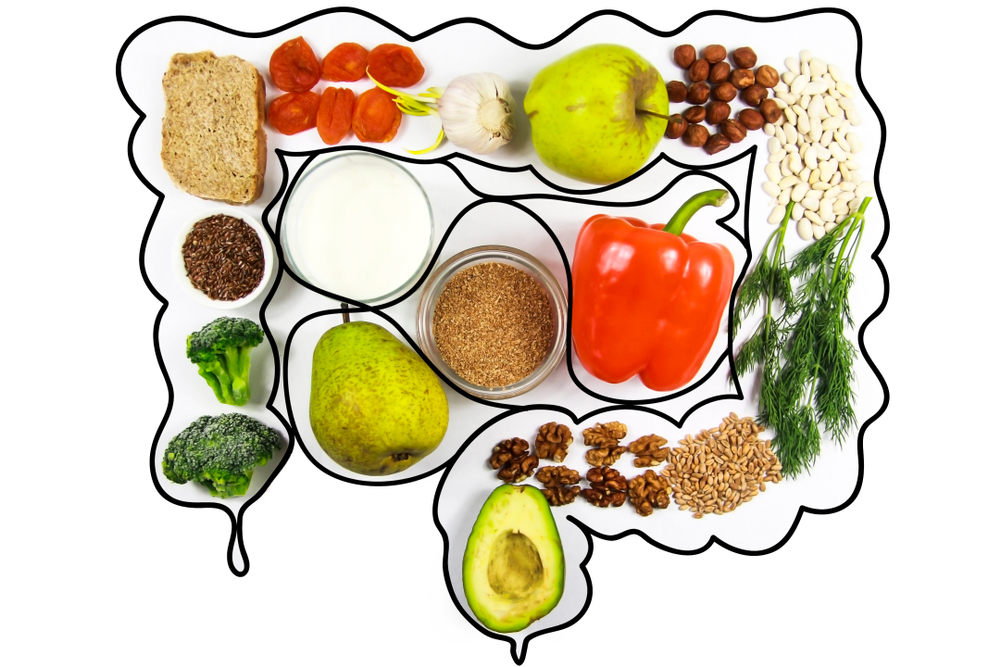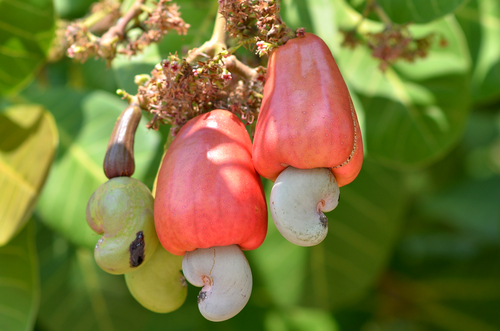You may have heard the phase ‘but sugar is still sugar’, especially in the low carb and paleo communities. You may have also stumbled across evangelical fruitarians who eat nothing but fruit and claim amazing health benefits from doing so. As with most things related to nutrition, a balanced approach is what makes most sense.
What type of sugar is in fruit?
The sugar in fruit is made up of a combination of sucrose, glucose and fructose. Each fruit contains slightly different combinations of these sugars. Although these sugars may sound ‘bad’, there are some critical points that make them different to how they appear in isolated forms:
- The fibre and water in fruit increases satiety. This makes us much less likely to over consume fruit compared to say, cookies and chocolate. Fibre also feeds our healthy gut bacteria, helps to reduce inflammation, slow the absorption of simple sugars that will spike our insulin and even binds to toxins in the digestive tract.
- Fruit is full of vitamins and is also a good source of minerals. Grapefruit, for example, contains Vitamin A, Vitamin B, Vitamin B2, Vitamin B6, Vitamin C and Folate (folic acid).
- Fruits contain a wide range of phytochemicals that play many roles in keeping us healthy. These phytochemicals give fruit it’s distinctive colour and scent but also help to reduce inflammation, decrease DNA damage in white blood cells, help maintain elasticity of blood vessels and provide antioxidants.
Aside from consuming sugar in fruits, raw honey and maple syrup are also nutritious and delicious! Raw honey contains small amounts of vitamins A, B1, B6, B9, B12, C, D, and E, as well as calcium, sodium, phosphorus, magnesium, silicon, iron, manganese, and copper. Maple syrup contains small amounts of manganese and zinc.
The closer a sugar is to being in it’s natural form, the more likely it is to be nutritious. The more processed a sugar is, the more stripped of nutrients and the more likely your body will react to it negatively. Many of the processed foods we consume in the modern day are totally foreign to our body as they don’t appear anywhere in nature.
Examples of sugars that aren’t healthful:
- White tables sugar, brown sugar and turbinado sugar contain almost no micronutrients and no fibre or water to slow down the inflammatory insulin response. This is why eating a cookie or chocolate bar is totally different to eating a piece of fruit, even though the sugar itself is also made from glucose and fructose.
- High fructose corn syrup also contains no micronutrients, however, the way it affects our body’s is far more sinister than white table sugar. HFCS has been associated with a myriad of health problems such as fatty liver disease, increased LDL cholesterol and arterial damage. It has even been show to be contaminated with mercury. HFCS is often the sugar used in sodas which is dangerous because drinking sugar is far more harmful that eating it. Again, this relates to the lack of fibre and the fact that people don’t compensate by eating less despite drinking an extremely calorific and sweet drink. In fact, studies have shown that people are driven to consume even more food than they would if the sugary drink wasn’t consumed.
- Artificial sweeteners and sugar alcohols such as aspartame, saccharin, sucralose, xylitol and sorbitol are often used by diabetic people because they are low on the glycemic index so have less affect on your insulin response. Many people report gastro distress upon consuming these sweeteners and studies show a negative affect on our microbiota. These sweeteners can (ironically) cause glucose intolerance, alter the hormones associated with appetite control, impair neurological function and cause metabolic changes in the baby of a pregnant mother. They have not even been proven to help weight loss (assumedly why many people consume them), so really have no upsides at all.
As with all nutrition advice, there’s no one size fits all answer. If you are someone suffering from diabetes or blood sugar dysregulation, even fruit may negatively impact you. In this case it’s best to choose low glycemic fruits such as blueberries and cranberries, rather than mangoes or peaches. There is actually a study on how blueberries can help increase insulin sensitivity! Click here to access the study: https://www.ncbi.nlm.nih.gov/pmc/articles/PMC5187542/
People with candida may also want to limit fruit intake as sugar will only feed the yeast. The same goes for those suffering from dysbiosis. However, it’s clear that not all sugar is created equal and fruit is by far the most healthful way to consume sugar!






